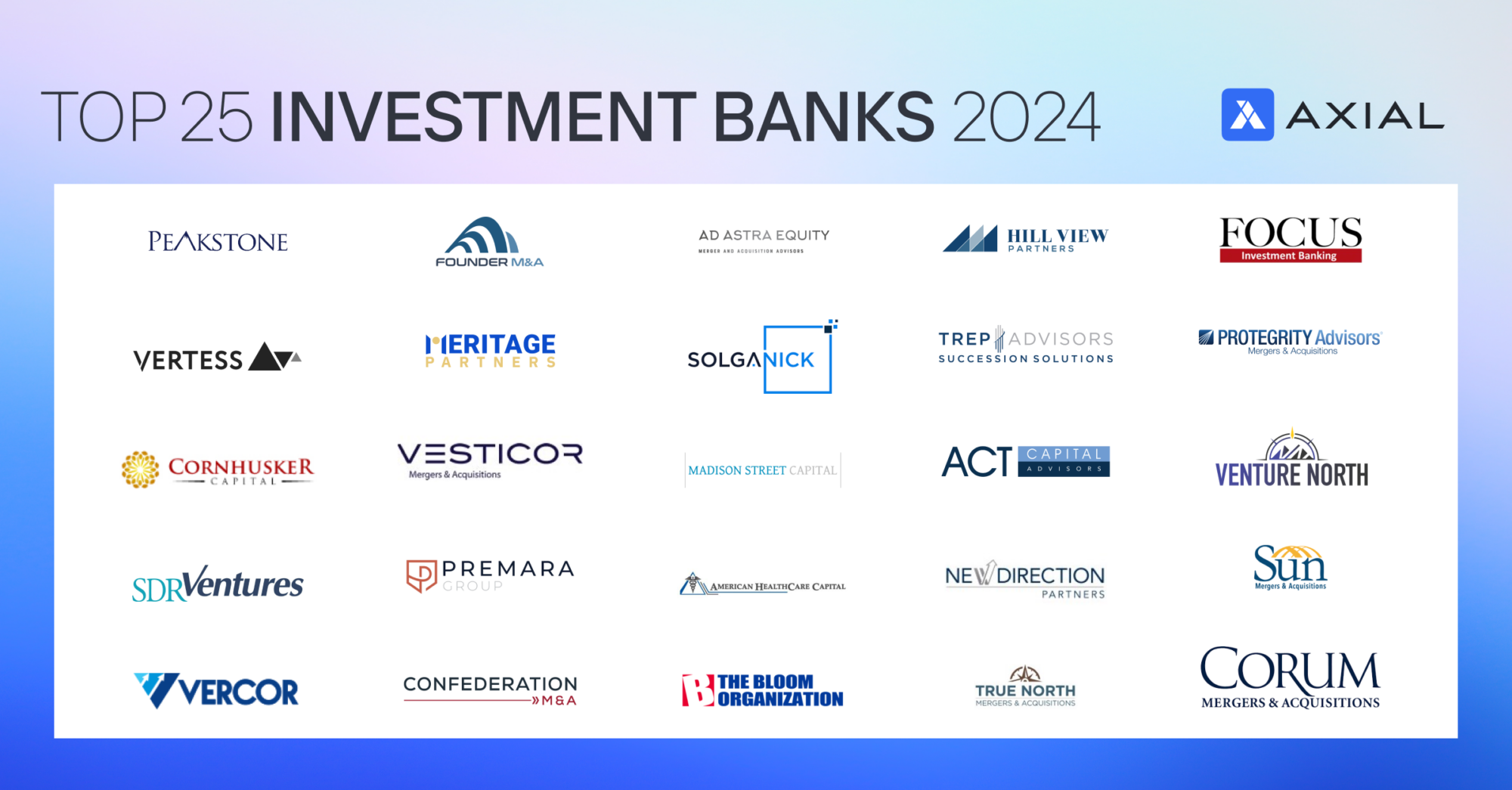
Top 25 Lower Middle Market Investment Banks | 2024
Axial is excited to release our 2024 Lower Middle Market Investment Banking League Tables. To assemble this list, we reviewed…
Tags
In 2013, the top 10% of U.S. earners captured a whopping 47.5 percent of the country’s income. Federal Reserve Board (FRB) statistics indicate that the disparate concentration of wealth in the U.S. in 2007-2013 was equal to what it was in the 1920s, immediately prior to the Great Depression.
In a report to the Federal Reserve Board of Governors last year, Chairwoman Janet Yellen called income disparity “one of the most disturbing trends facing the nation.”
Christine Lagarde, Managing Director of the International Monetary Fund (IMF), lamented the current landscape in a June 2015 speech: “With these kinds of disadvantages, with this kind of inequality of opportunity, millions of people have little or no chance of earning higher incomes and building up wealth. This is – in the words of Pope Francis – an economy of exclusion.”
This economy threatens to stunt economic growth in the U.S. and worldwide, with further concentration of wealth and decreased opportunity for most.
What does this mean for the M&A markets?
Today, we continue to see positive M&A deal indicators in the U.S., despite the recent economic news from China and the corrections in world stock markets. GF Data’s M&A Report for August 2015 indicated that transaction value for the first half of 2015 was up modestly compared to the same period one year ago, with the premiums for platform investments vs. add-ons returning. Three characteristics — institutional ownership, above-average financial performance, and continuation of management post-closing —appear to enhance transactional value.
It’s hard to predict the degree to which increasing income disparity will affect M&A. But there are a number of potential long-term consequences.
The sky may not be falling, but for many middle market business owners, the American Dream is under amendment. Coupled with reductions in funding to quality education and social support, the economy of exclusion will limit opportunities for an increasing number of younger and older entrepreneurs. The impact on M&A activity logically follows, with some redefinition of what successful advisors offer to their clients.
